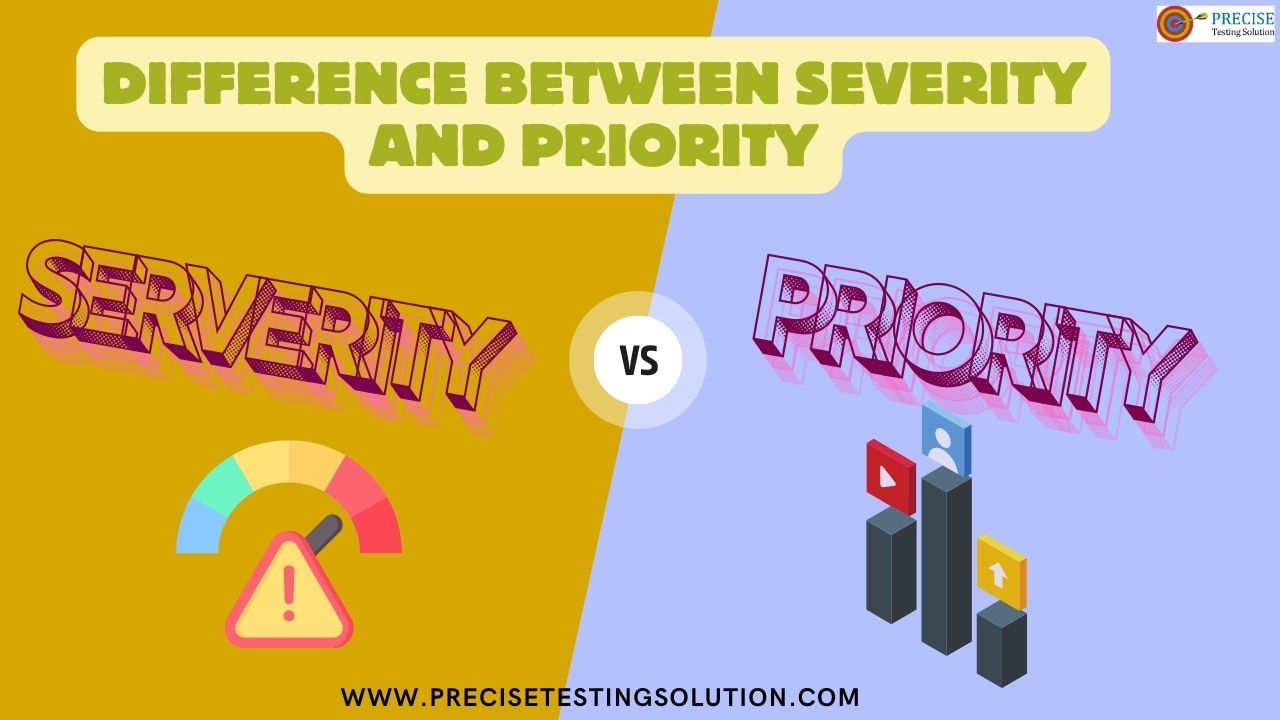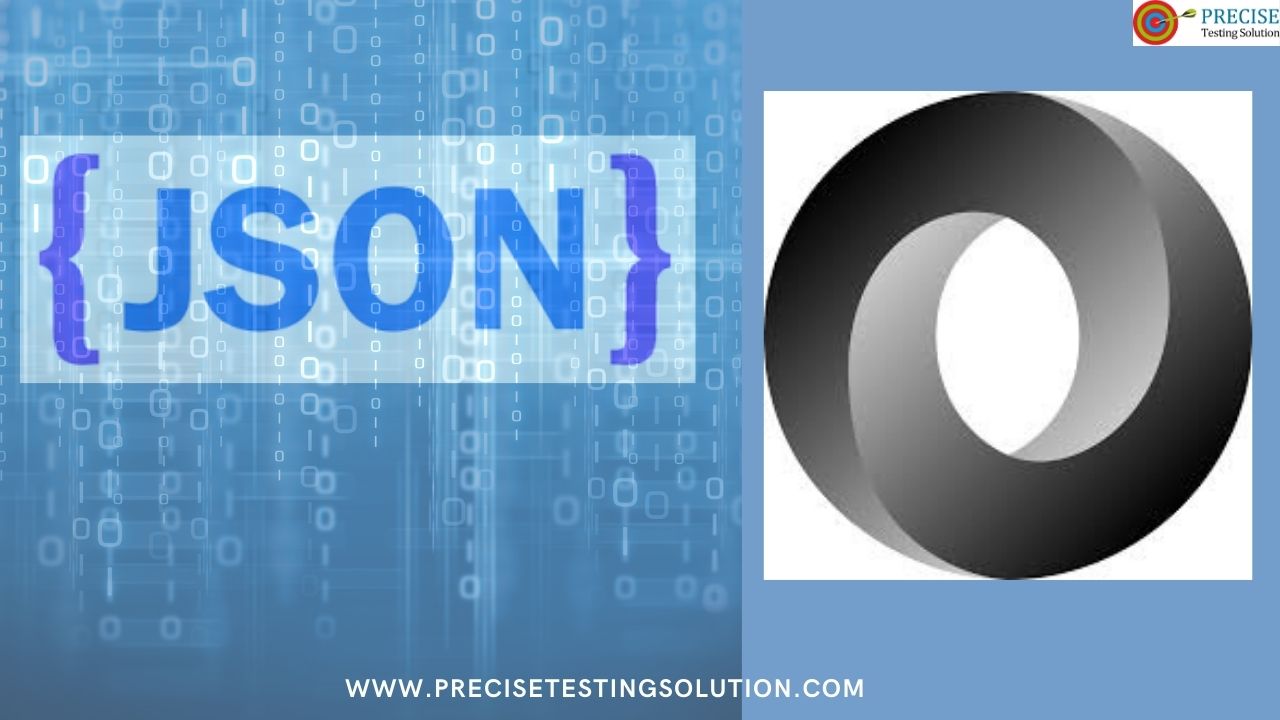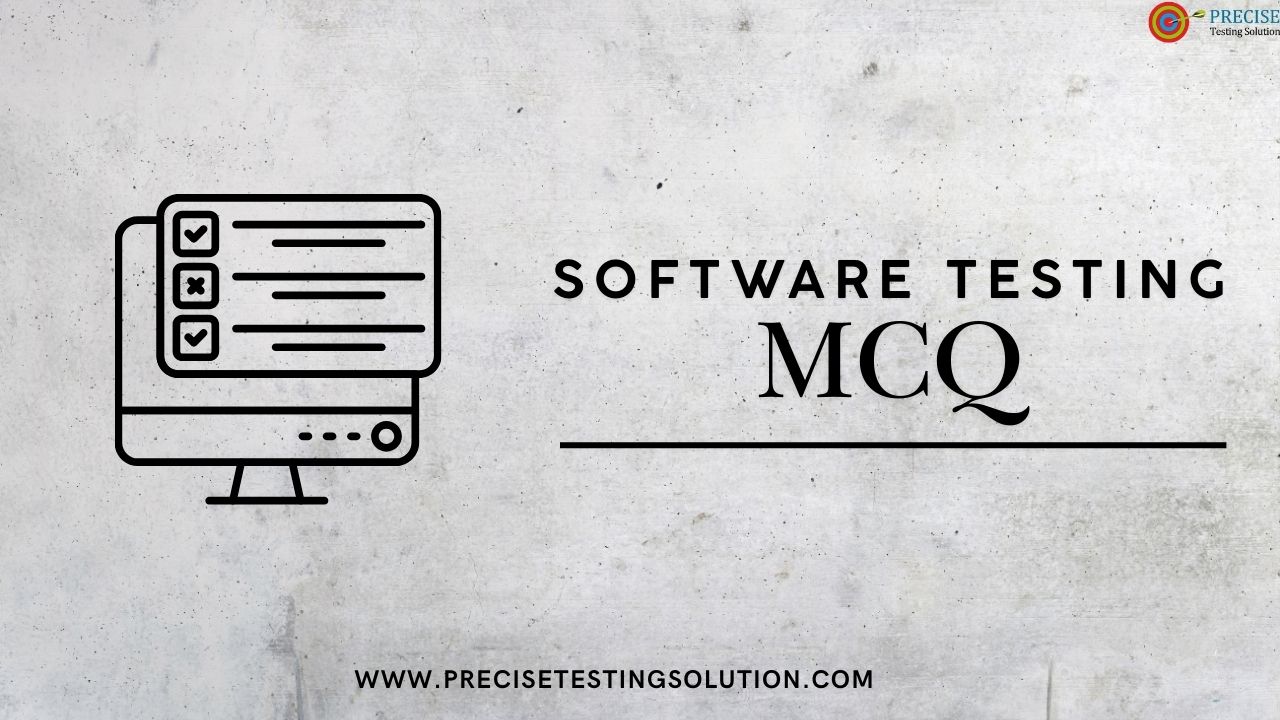A Guide to Determining Severity Vs Priority Levels
In any project, especially in software development, bug tracking and issue management are crucial for success. Two key terms used in this process are Severity Vs Priority While often used interchangeably, they represent distinct concepts that significantly impact how teams address and resolve issues. Understanding the difference between severity










